SUMMARY
This is AI generated summarization, which may have errors. For context, always refer to the full article.
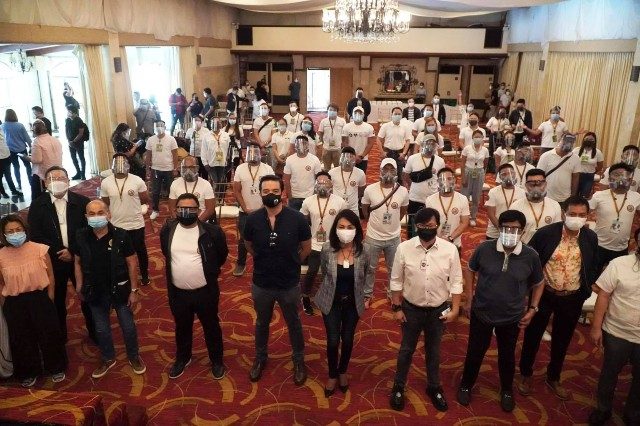
Elected officials in Cebu slammed the tagging of the variant discovered in the Philippines as the “Central Visayas variant.”
On Wednesday, April 7, Cebu City Mayor Edgar Labella called the tag “unfair” during his weekly press conference.
“It is not quite fair to call it Central Visayas. They should make more studies to find where this variant came from. To say that this is a Central Visayas variant is not accurate and not fair,” Labella said.
The graphic was originally posted by the Presidential Communications and Operations Office (PCOO) with the logo of the Philippine Genome Center on it calling the variant first detected in the Philippines the “Central Visayas variant.”

In a separate press conference on Wednesday, Department of Health (DOH) Central Visayas Spokesperson Dr Mary Jean Loreche, Governor Gwendolyn Garcia, and Office of the Presidential Assistant for the Visayas Secretary Mike Dino also criticized calling it the “Central Visayas variant” while the graphic referred to other variants by country rather than by region.
Dino said he would be writing to Malacañang over the naming of the variant after the Central Visayas.
Philippine Genome Center didn’t name variant
The Philippine Genome Center said it was not them who called it the Central Visayas variant.
“To be clear, the UP Philippine Genome Center is very careful in calling variants based on their places of origin which is why we always referred to it as variants under lineage P.3,” Dr Cynthia Saloma said in a statement to Rappler on Thursday, April 8.
“P3 [was] first detected in Central Visayas in February 2021. It was perhaps PCOO that on its own called it the ‘Central Visayas variant’ and it has since taken the post down,” Saloma added.
Last March, the DOH confirmed the detection of a COVID-19 variant, called P3, which was found in local samples in the Philippines.
So far at least 104 individuals were confirmed to have the P3 variant.
“The reported variant carries multiple mutations in the spike protein of the virus that are likely to have functional significance. In particular, the E484K, N501Y, and P681H mutations have been previously associated with known SARS-CoV-2 variants of concern and, together with a 3 amino acid deletion at spike positions 141 to 143, have been linked to possible increased transmissibility and immune escape in some studies,” the PGC said last March 13.
The P3 variant has also been detected in other countries such as Japan and the UK, brought by travelers from the Philippines.
Aside from P3, the UK, South Africa and Brazil coronavirus variants are also present in the Philippines.
However, Saloma said the World Health Organization is currently working a nomenclature system on naming new variants discovered.
“By the way as to suggestions of calling it the Philippine Variant, this is also erroneous because we foresee we will be detecting/reporting more local variants first detected in certain places in the Philippines as this pandemic unfolds and as we continue our national genomic biosurveillance effort,” the PGC scientist said.
“Hence, the need to keep transmissions low so we keep this virus from mutating further as it jumps from host to host,” she added.
The presence of variants is suspected of contributing to the spike of cases both in Metro Manila and in Metro Cebu. – Rappler.com
Add a comment
How does this make you feel?
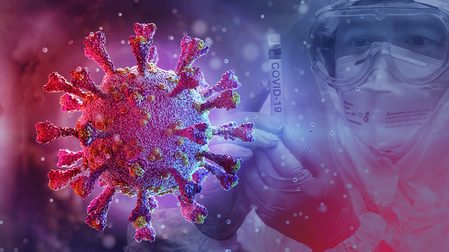
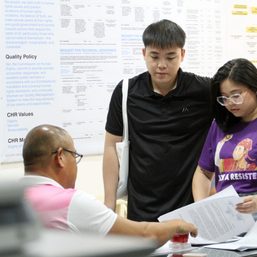

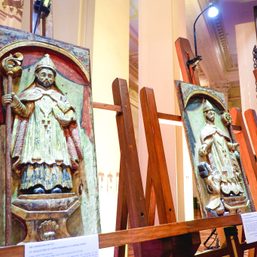
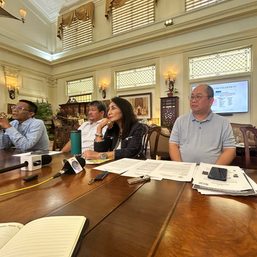
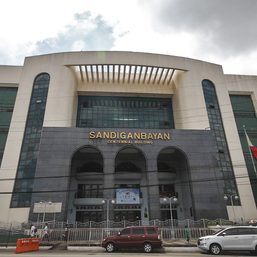
There are no comments yet. Add your comment to start the conversation.